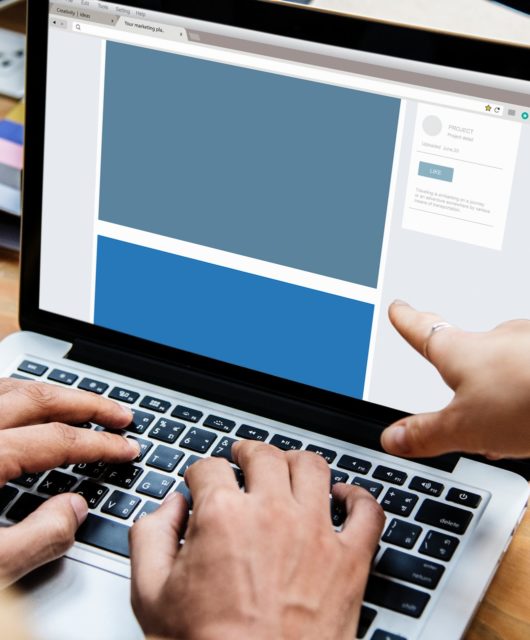Caveat loans – everything you need to know
In Australia, we’re spoilt for choice when seeking finance. Many lenders offer a variety of loans; whether it be home loans, personal loans, business loans, car loans, fast cash loans, and more. One type of loan you may have heard of, but not necessarily know that much about, is the ‘caveat loan.’ It’s not a loan term that’s as common as some others, but a very important type of loan to be across, as it can be a useful source of funds.
In this article, we’ll take a closer look at caveat loans, what they are and why this loan option could be worthwhile considering.

What is a caveat loan exactly?
The first thing to understand about caveat loans is that they are not like normal mortgage loans, as a caveat can be lodged on title immediately and enable a loan to be funded in a matter of days from application. Caveat loans are sometimes also referred to as an ‘unregistered second mortgage’ or an ‘equitable mortgage.’
You must first own a property in order to take out a caveat loan against it. A caveat operates like a form of ‘injunction,’ which means the caveat is lodged on title behind your existing mortgage (no consent is required from your bank to do so). This means that caveat loans are very fast to obtain.
The amount you can apply for with a caveat loan is dependent on how much equity is available in your property. Also keep in mind that the borrower is prevented by the caveat from settling the sale of the property without repaying the loan.
When would you need a caveat loan?
There are several common circumstances when a caveat loan can be a good alternative.
Caveat loans are often an appealing short-term finance solution when funds are required quickly. For instance, when a home is sold there is usually at least a 30-day settling period before the actual sale is finalised. Many property owners need to have another house lined up, ready to move into once their previous home has settled, but without sufficient cash flow, this can often be difficult (and stressful!) In this common instance, caveat loans ‘bridge the gap’ between selling an existing home and purchasing the next property. Once the sale of the previous home has gone through, the funds provided by the equity in that property can then be used to pay out the short-term caveat loan.
In addition, caveat loans are also commonly used to complete home renovations and general home improvements – particularly right before selling their home to help optimise the sale price.
Caveat loans are increasingly being used for business purposes. In this instance, caveat loans can release funds to smooth out cash flow shortages that help keep the businesses moving forward more efficiently. Similarly, businesses often receive large tax bills that can take a huge bite out of the business’s funds. A caveat loan can be used to cover the tax bill so business cash flow remains fluid. Caveat loans might also be used to purchase stocks and products for the company, or to cover a time lag between doing a job, and waiting for an invoice to be paid.
Options for caveat loans, Australia
Caveat loans in Australia are widely available from a variety of lenders and offer a range of features that make them appealing for short-term loans when funds are needed quickly. There are many upsides of caveat loans including: they’re quick! Caveat loans can be applied for, approved and settled often within a few days. Minimal documentation is usually required, which means that caveat loans are far less onerous than mortgage loans – making it easier and faster to apply for this type of loan. Caveat loan terms are flexible and can typically be negotiated for anywhere from one month to three years. They’re easy: once the loan has been repaid, the caveat on the property is lifted immediately with minimal fuss and red tape.









